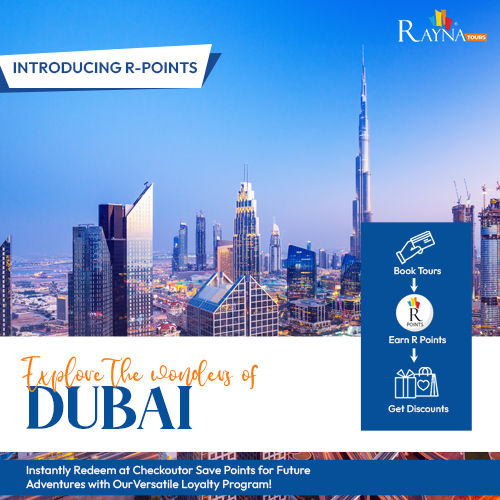- By : Ms. Jyoti Kapur Esq.
- Date: 12-08-2013
- Views : 1449
- [Ambo, Ethiopia]
Package-holiday behemoth TUI has embarked on one of Italy's biggest tourist developments – right in the heart of Chiantishire. Don't worry, says William Cook, it's all done in the best possible taste.
It's enough to make Britain's chattering classes choke on their chianti. In the heart of rural Tuscany, amid the vineyards and olive groves, German travel giant TUI (owner of Thomson) is financing one of the biggest tourist developments in Italy. The budget is €250m (£216m). The site is six square miles. They've already built a golf course, a three-star hotel and a range of plush apartments. There are plans for four- and five-star hotels, villas, shops and restaurants. It sounds like every British émigré's worst nightmare, a black comedy by John Mortimer. But the beauty of Castelfalfi is that you hardly know it's there.

Arriving in this medieval village, in the golden triangle between Florence, Pisa and Sienna, you'd scarcely guess you were on a building site. Less than 1 per cent of this 2,700-acre estate is earmarked for construction. The terraced houses on the hillside are being carefully restored. Inside, they're replete with all the latest state-of-the-art appliances. Outside, they're worn and weathered, like part of the natural landscape. In the valley below, derelict farmhouses are being converted into luxury villas. The moneymen are German but the craftsmen are Italian. It could almost be a business model for the cash-strapped Eurozone: Teutonic know-how meets Tuscan style and charm.
Naturally you'll need deep pockets to buy one of these villas or apartments (prices range from €230k/£199k to upwards of €1.2m/£1m) but you don't need to take out a second mortgage to stay in Castelfalfi. Doubles at La Tabaccaia start at €108/£93 per night (€130/£112 in high season) including breakfast. Considering its prime location, close to historic towns such as San Gimignano, it's a competitive price for a smart hotel. The building is an old tobacco factory, and though the interior has been completely renovated, the exterior still looks much like other old-fashioned factories in the region.
Inside, the ambience is warm and welcoming. The decor is plain but pleasant. It only opened a few months ago, but it already feels well established. As you'd expect in a three-star property, the amenities are fairly basic, but the stylish bedrooms feel more akin to a four-star hotel. Across the road, the complex of four swimming pools has recently opened.
Castelfalfi is still a work in progress: there are cranes among the cypress trees and workmen on site – for the time being. However the golf course (Tuscany's largest) is already up and running and La Tabbaccaia is an ideal base from which to explore the region. Florence is just over an hour away, Pisa is just under – but you could easily spend a week or so nosing around the various villages in the vicinity. Tuscany isn't a place to rush around – it's somewhere to unwind. Virtually every village in the area boasts a homely osteria serving local food and drink. After some salami and cannellini beans, washed down with a few glasses of Montepulciano, you'll find you've reset your body clock to Tuscan time.
Castelfalfi is a microcosm of Tuscany's recent history. When northern Italy industrialised, its tenant farmers left their rented farmhouses and moved to the cities to work in factories. Their hometowns became ghost towns. Eventually, there were only half a dozen people left in Castelfalfi and their abandoned casali fell into disrepair. When TUI bought the estate in 2007, there were 18 of these ruined farmhouses scattered around the estate. Now they're being turned into holiday homes. It's industrialisation's final phase.














